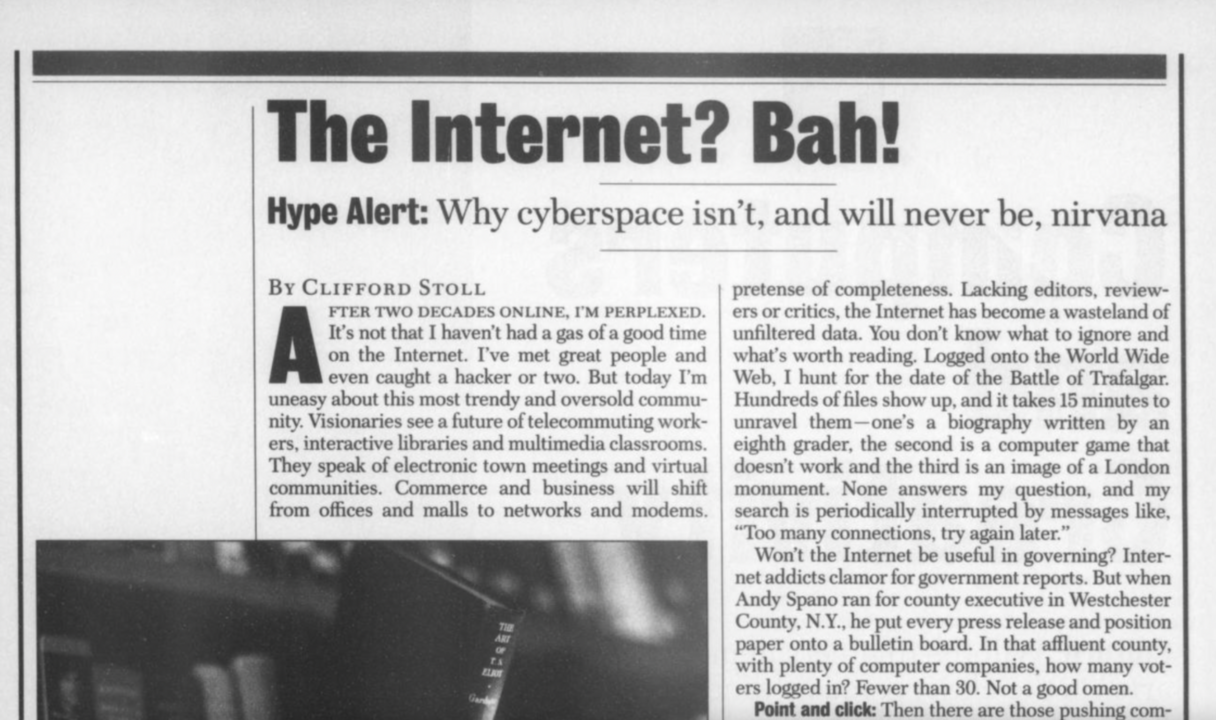7 years have already passed since the UN-GA established the 17 Sustainable Development Goals (SDGs). Even before the pandemic, not a single country was on track to meet these goals by 2030 – ironically due to countries battling some of the challenges of climate change like food insecurity – the COVID-19 pandemic too. At this year’s World Economic Forum, the message was clear:
“We must now work together to ensure that artificial intelligence (AI) can accelerate progress of the Sustainable Development Goals and help us get back on track to reaching them by 2030.” – Alice Gast, President, Imperial College London
This is not a baseless call to action. Evidence shows that AI technologies are able to support across numerous SDG areas; use cases such as breast cancer screening, fighting Malaria, farming, the list goes on.
Ever since the industrial revolution, humans and machines have worked with each other. Today, this is either through machine learning algorithms using data to predict outcomes or true AI solving tasks that require human intelligence (like breast cancer screening). We’re not yet talking AI like you see in the Terminator films, but instead smart algorithms that can reveal aspects of human intelligence.
According to Futurist Ray Kurzweil, 2029 is the predicted date when an AI will pass a valid Turing test, showing the same level of human intelligence. Although the intelligence of a machine is very different to that of a human.
So, what do advancements in AI mean when managing the reputation of a company?
It’s a balance of digital insight and human intelligence. Data is changing how companies create value and every aspect of communications is about gathering, interpreting, and actioning. With an estimated 2.5 quintillion bytes of data added to the internet each day, human eyes are not enough.
In public relations, there has been a steady use case for AI. Now, many clients are requesting it, knowing human interpretation alone is not enough. Current effective use cases include:
· Natural language processing across big data sets (usually of media or social media coverage)
· Disinformation detection through false digital actors
· Image recognition
· Reputation perception and predictive analysis
According to Moore’s law, the growth of microprocessors is exponential. So, it’s no surprise that even over the last 15 years in communications we’ve come from a place of physically gluing coverage onto posters, to having an algorithm automatically detect opportunities from a 15,000 article international media picture.
If you’ve reached this part of the article without feeling a degree of scepticism, then I would be surprised. An FT article by Anjana Ahuja caught my attention where Karen Yeung, an interdisciplinary professor at Birmingham University, coined the phrase “digital enchantment”. Simply, a fairy-tale narrative of three parts:
1) A belief of digital solutionism that technologies can immediately fulfil any societal need in the absence of evidence
2) The no-ill-effects doctrine, in which benefits are emphasised and the disadvantages downplayed or ignored
3) Unfettered innovation as a basic right, encouraging the idea of genius mavericks unstrained by rules or regulations
So, perhaps we should show a degree of scepticism towards AI being vital towards SDGs. Don’t over rely on smart tools when it comes to communications. Be cautious not to lose control over our own lives whilst AI progresses.
We must understand that we’re currently the smartest species on our precious planet – our brains always have a role to play.



